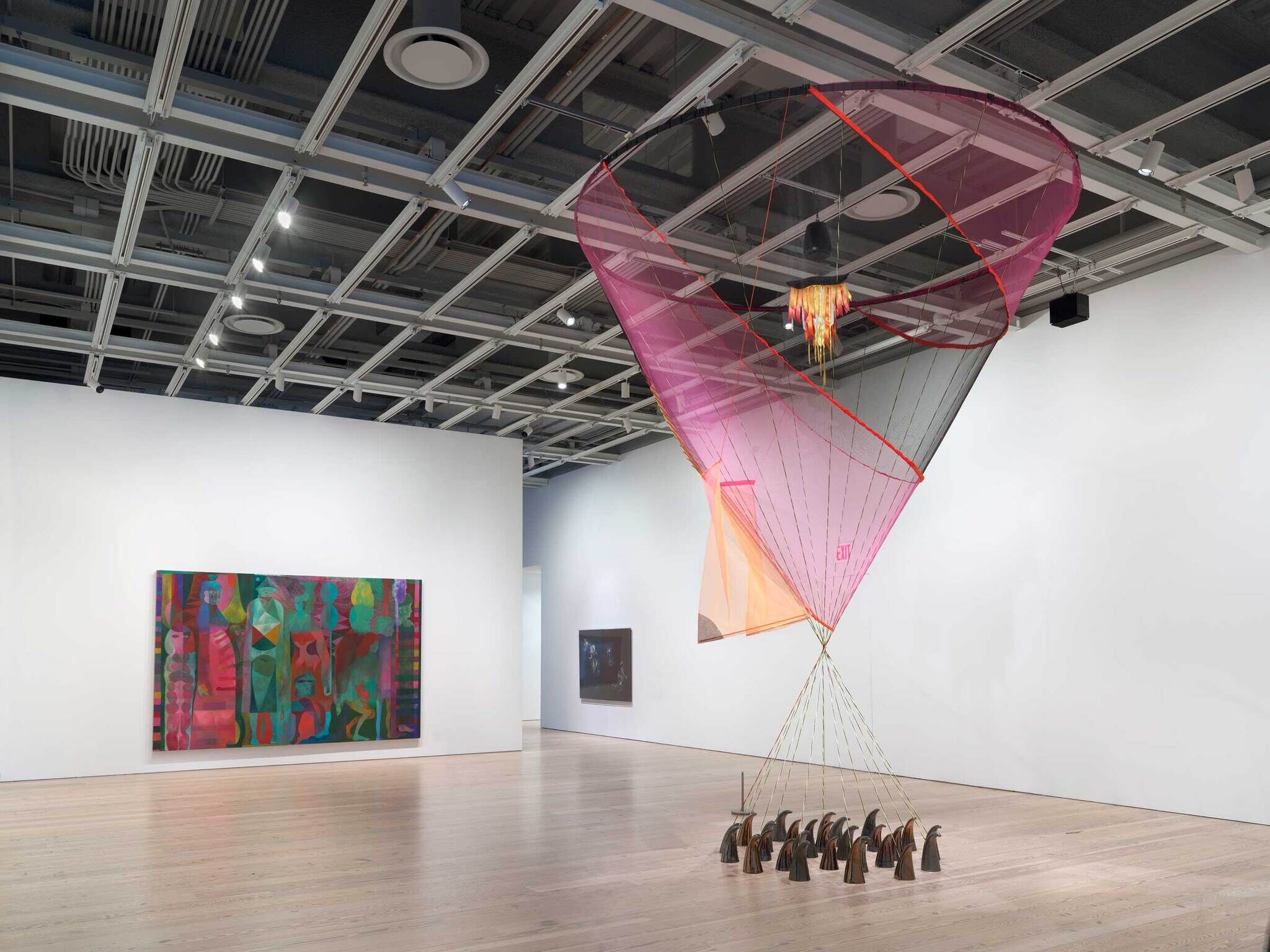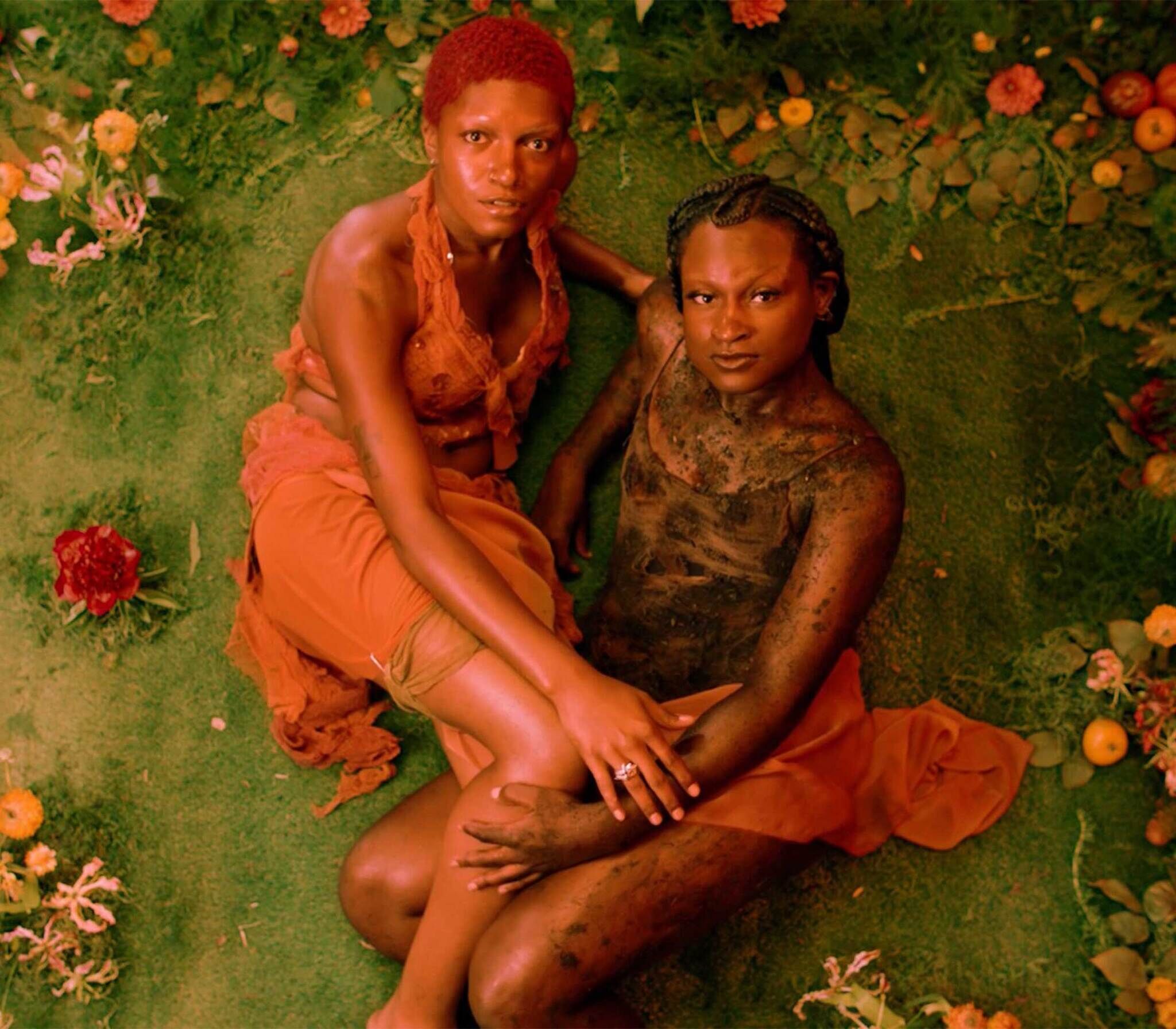Cannupa Hanska Luger
Cannupa Hanska Luger is a New Mexico based, interdisciplinary artist of Mandan, Hidatsa, Arikara, Lakota and European descent. Born on the Standing Rock Sioux Reservation in North Dakota, Luger is an enrolled member of the Three Affiliated Tribes of Fort Berthold.
As a visual storyteller who incorporates sculpture, performance, and material investigation, Luger leans into the Indigenous technologies of ancestors past while imagining speculative futures. Luger invites us to consider a new narrative of twenty first century Native American culture through the recontextualizing of materials and knowledge systems. Central to his practice is social participation, inviting the collaboration of the public in the co-creation of dynamic projects that question our relationship to the social ecological ethos of the present.
In the ongoing series, Future Ancestral Technologies (FAT), Luger presents fiction as a source of inspiration for imagining a future that honors the spiral of time. The trans-disciplinary works featured in FAT, offer a symbiotic future where Indigenous epistemologies on interconnected wisdoms are paramount to the thriving of all beings. The installation, Uŋziwoslal Wašičuta, memorializes ideologies on survival offered by the technologies of Northern Plains people. Sustainable solutions to human survival present us with the opportunity to see the world through Indigenous perspectives outside of colonial structures.
Using a variety of materials such as crenolyn, steel, ceramic, nylon, and fiberglass, Luger creates an installation that immerses the viewer in an intimate space where dreams are containers for collective building. The installation asks us to consider if our current world is upside down, what direction might our future world face?
Activities
How can we reimagine future living through speculative design?
Invite students to consider future technologies that repair human connection to the environment. They can alter and transform existing materials and objects for future living. Students can first make a drawing of a futuristic technology and then work to create a three-dimensional representation of that object. How will humanity need to evolve in order to live in a sustainable future? What innovations do we speculate will serve to be essential?
How can we envision the future through the oral tradition of storytelling?
What stories of collective perseverance do we know and learn from? How are these stories archived and shared? How do we write the story of a future world we want to be a part of? Invite students to create stories of a future world where all living beings are connected and honored. What would this future sound, smell, taste, feel and look like? These stories can take the form of speculative oral histories, graphic storyboarding, or performance.


